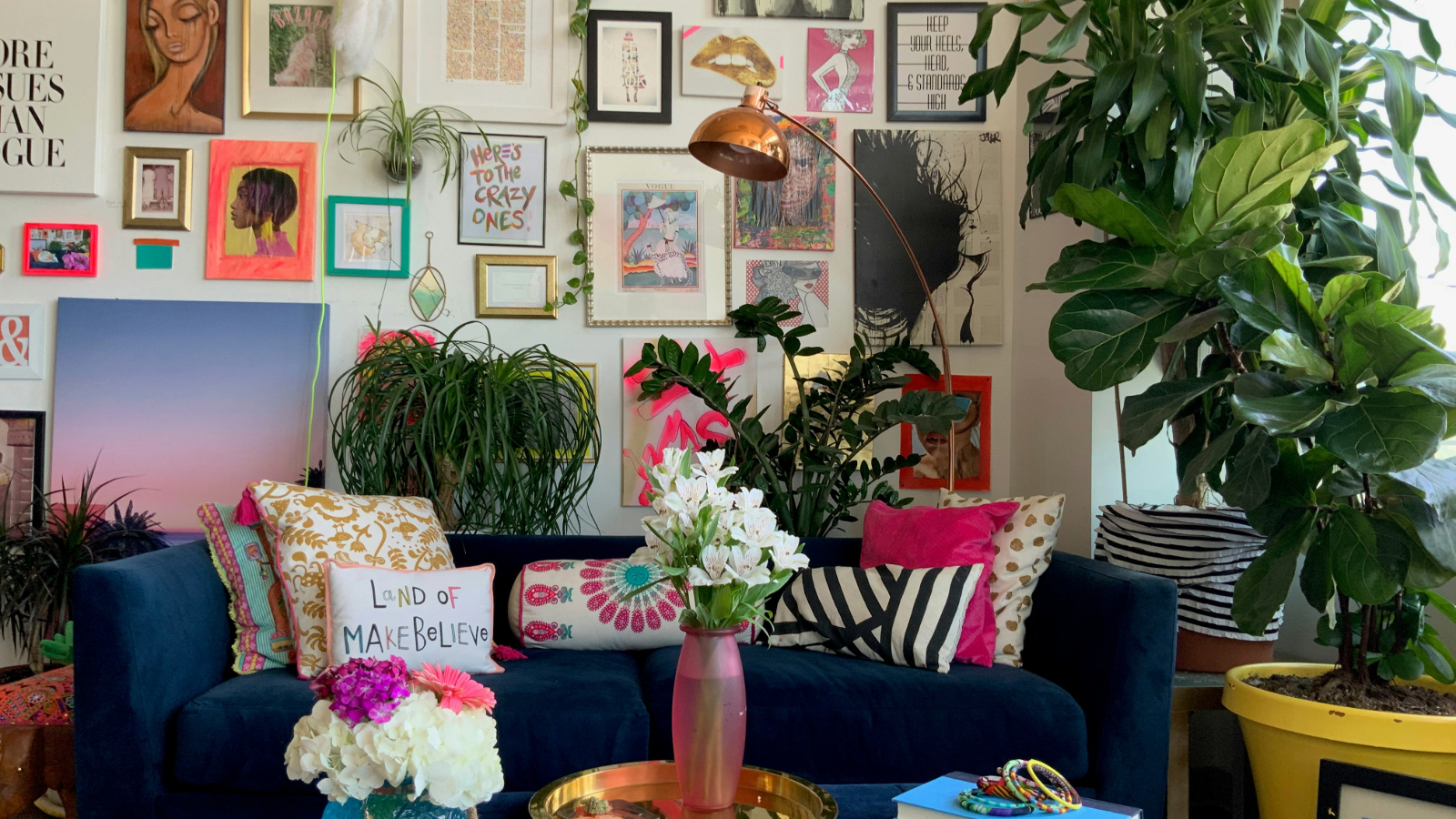
Most of us will be familiar with the aesthetic of minimalism, where people seek to live in a streamlined, beautifully functional space with as little clutter as possible. Well, throw all of that out the window and run in the opposite direction, and you'll end up at maximalism.
Maximalism is a home style that seeks to embrace more patterns, colors, and textures to deliver a vibrant, layered space with serious wow factor. This can be a maximalist-lover's dream, but for some, it can end up becoming a source of unexpected stress.
As someone who always aspires to keep my volume of possessions in check, I was curious to learn what happens when you cross tolerable boundaries when decorating with maximalism. I asked professional organizers for the four warning signs someone may have taken maximalism too far in their home and what to do about it.
4 alarming signs you've taken maximalism too far
1. Your rooms are overstimulating
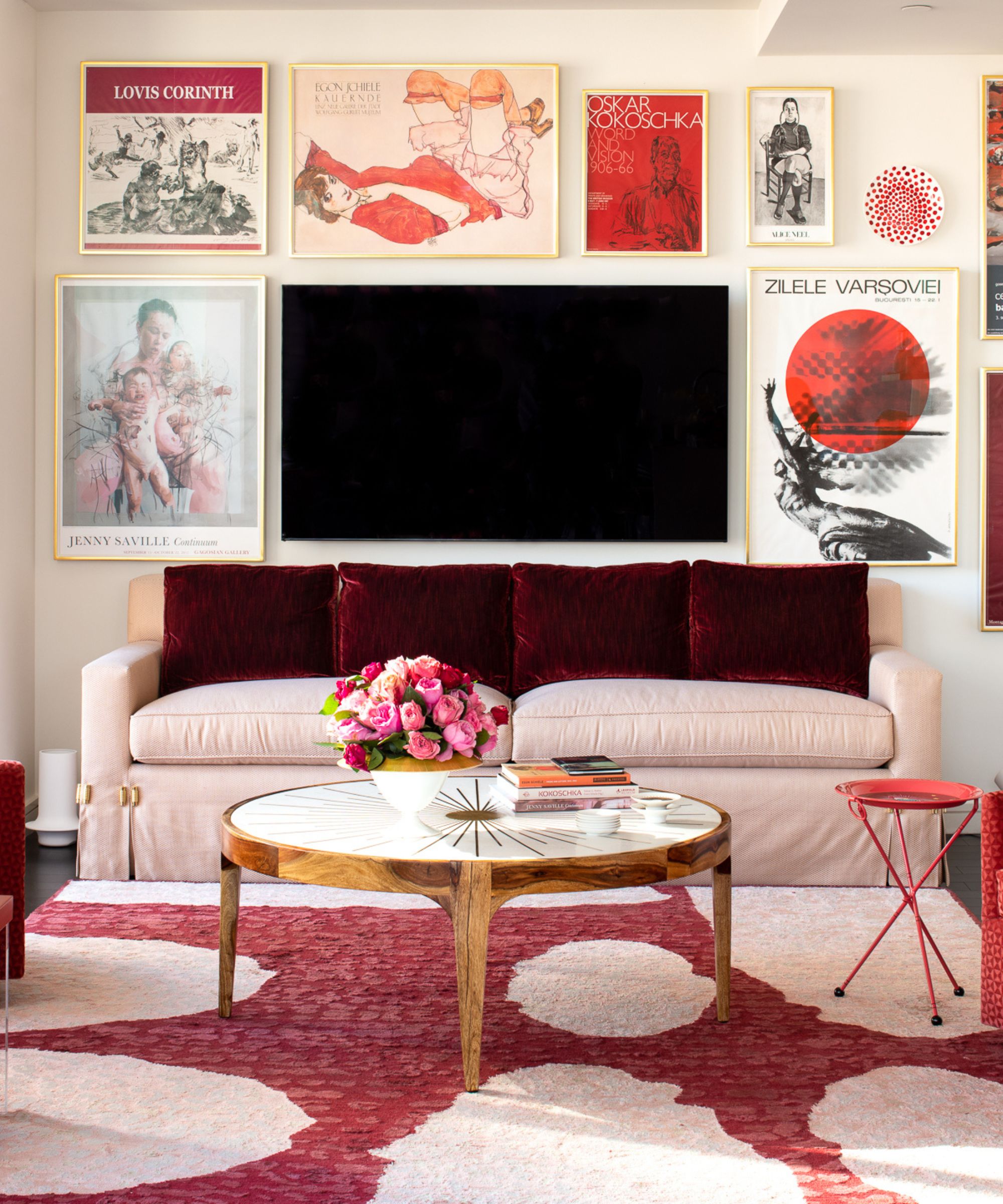
If you're finding your maximalist rooms have started to become less creative, quirky and enjoyable and more like a weight on your shoulders, you may have unintentionally cultivated an environment that's a bit too stimulating for your senses.
Janine Sarna-Jones, certified professional organizer and CEO of Organize Me Inc., says, 'There are some that love the maximalist aesthetic for the opportunity to display their collections or a mixture of the items they love. However, for others it could just be an assault of visual overstimulation.'
Tina Alimi, owner and founder of Zen Space Organizers, has experienced the feeling of stimulation overload firsthand in the past. 'From personal experience with ADHD, I had to figure out why I was so drained before my day even got started. I realized I had a thousand thoughts before my feet had even touched the ground in the morning, and that my eyes scanned everything in my surrounding environment, consciously and subconsciously, registering everything as a thought.
'Before I could even form one organic thought of my own, my brain was already overwhelmed, confused, and exhausted. A hyperactive mind needs a safe haven, a blank canvas, so to speak.'
If you find this to be the case, Jamie Hord, founder of Horderly Professional Organizing, has a great solution to eliminate some of the clutter in your life while maintaining your love for maximalist decor ideas. 'If you like the maximalism style, consider bringing less items into your home and focus instead of adding layers of diversity with fun patterns on a pillow or a feature wall of wallpaper rather than 10 different vases.'
Anthropologie currently has a great assortment of visually interesting wallpapers available in all sorts of patterns, colorways and styles. Their Mind the Gap Vintage Ikat Wallpaper brings together gold and black in a way that creates something effortlessly striking.
But if you're looking for something greener to bring the outside inside, the Morris & Co. Pimpernel Wallpaper combines a maximalist's love for unapologetically vivid print with the subtleties of an intricate leaf design.
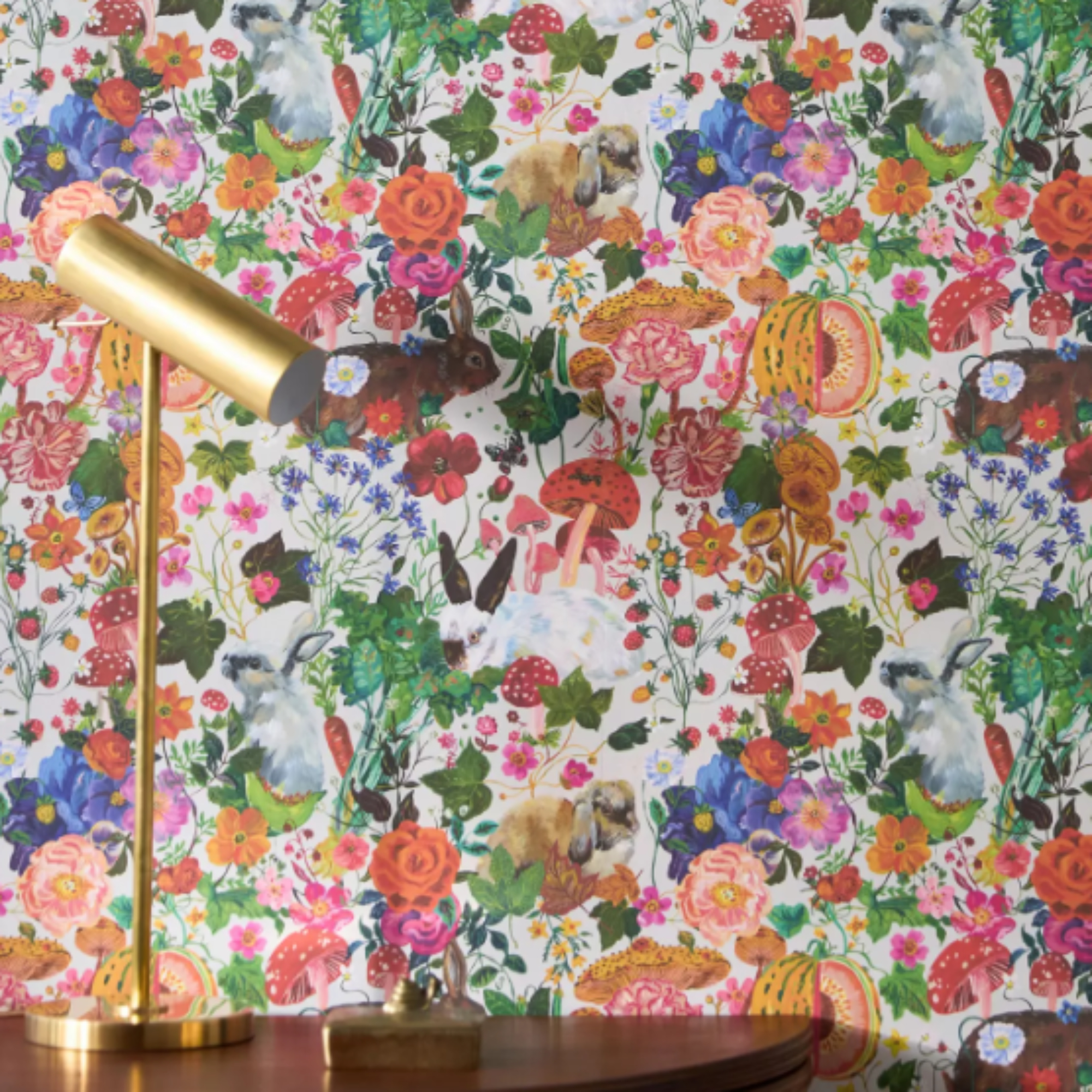
A gorgeous maximalist nature-themed wallpaper featuring an abundance of bold flowers and hidden rabbits, it's bound to add a splash of color and cuteness to any room. Bear in mind adhesive will be needed to install this non-woven wallpaper.
2. Your home is feeling too cluttered
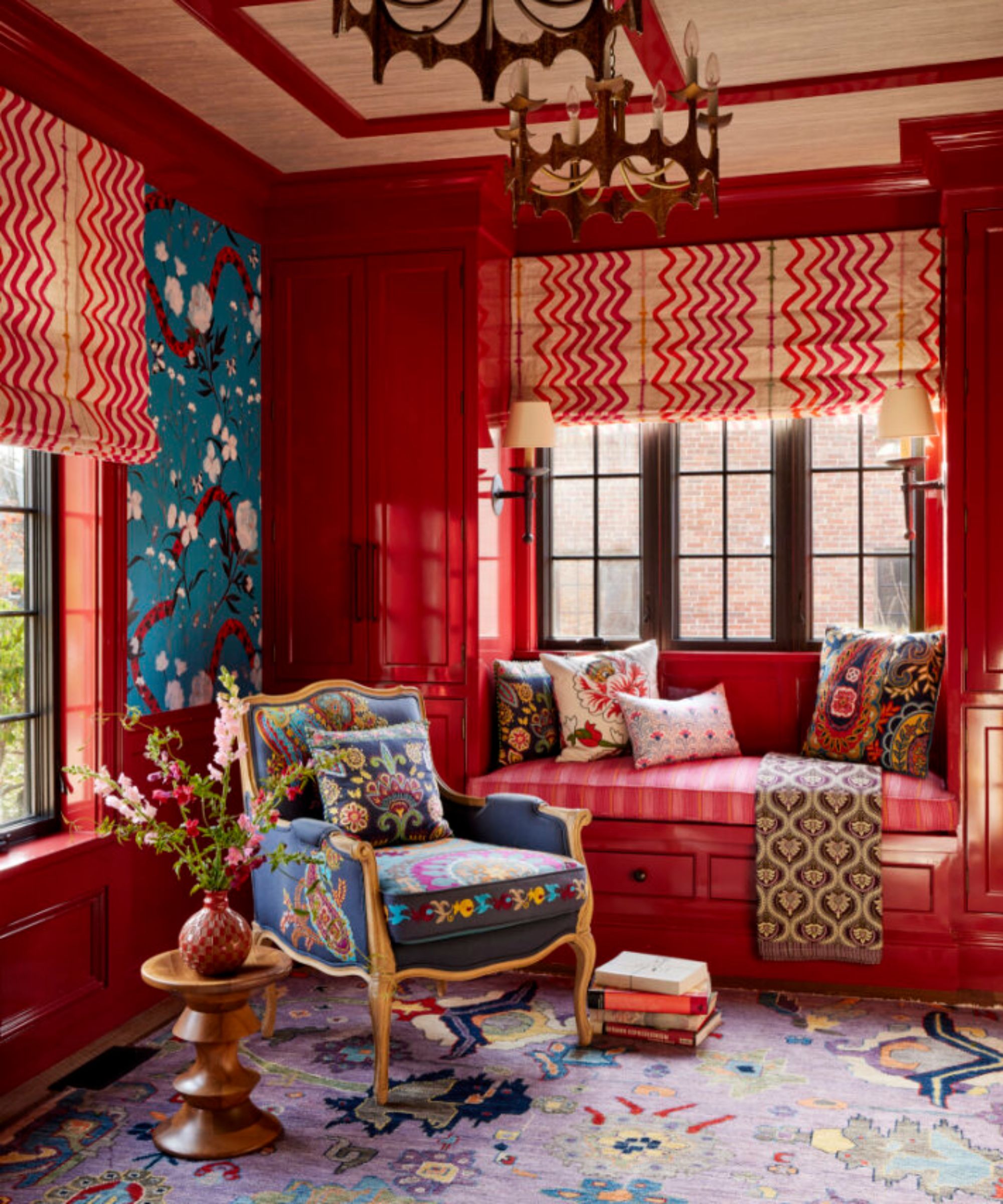
Maximalists tend to own more than the average homeowner, so if they feel their home attracts clutter, it likely stems from their love of the aesthetic or their tendency to "collect".
Tamara Meyer, founder of Nashville Neat Freaks, says, 'If you're stuck searching for your favorite things amid a mountain of collectables, that's definitely a sign you may have gone too far. Your amazing collection will also start to hide itself due to its sheer volume. Too much of a good thing can, after all, be too much.'
Feeling as though you are constantly drowning in clutter is a difficult way to live. If you're struggling to figure out how to decide what to declutter as you love everything you have, we recommend first organizing your possessions into piles of duplicates and like-items.
You may unknowingly own five sets of coasters despite having two tables. These duplicate items are often an easier place for people's decluttering journey to begin and being mindful of what you already have can stop clutter before it begins.
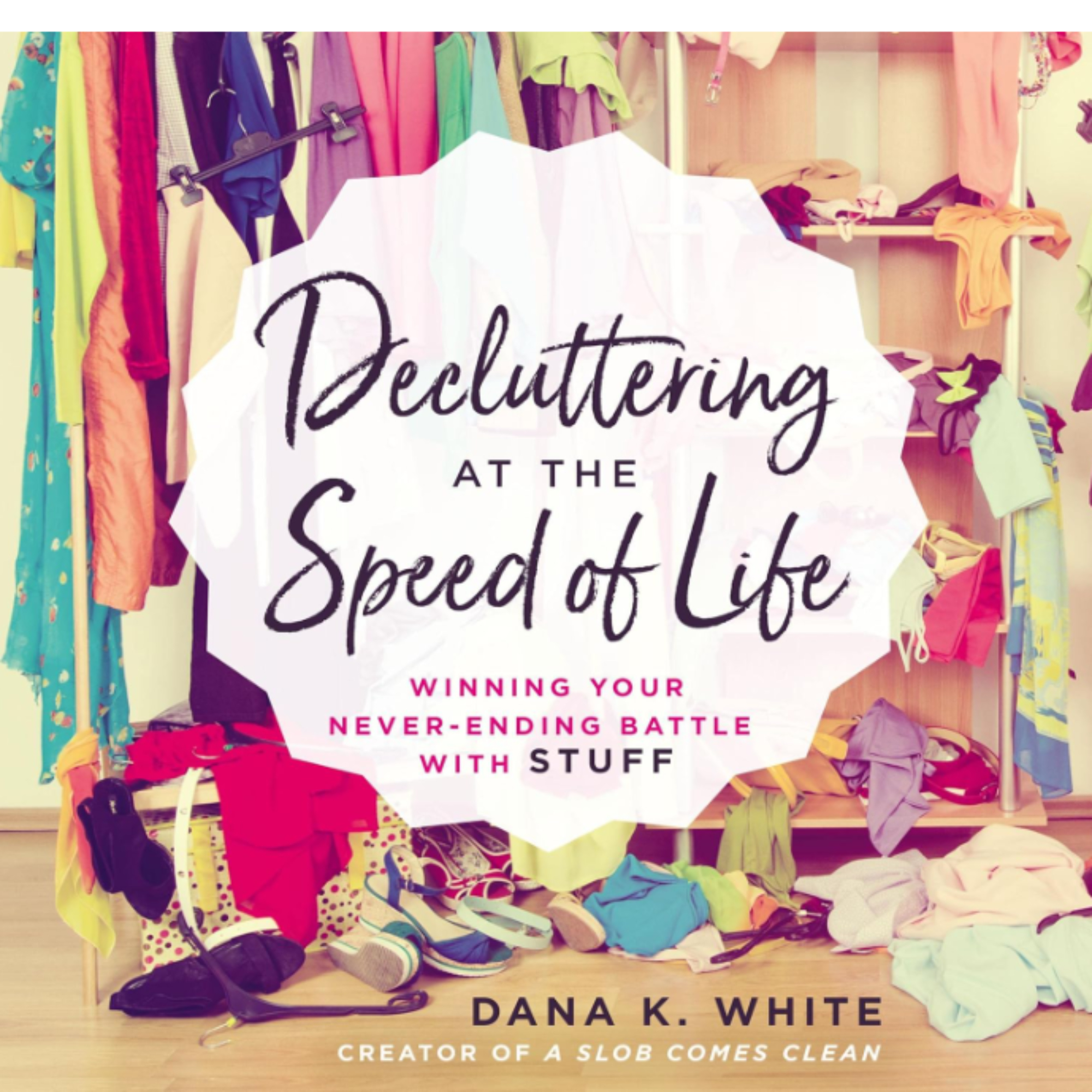
Decluttering expert Dana White identifies the emotional challenges that make it difficult to declutter and provides workable solutions to break through and make progress.
3. You feel drained of time
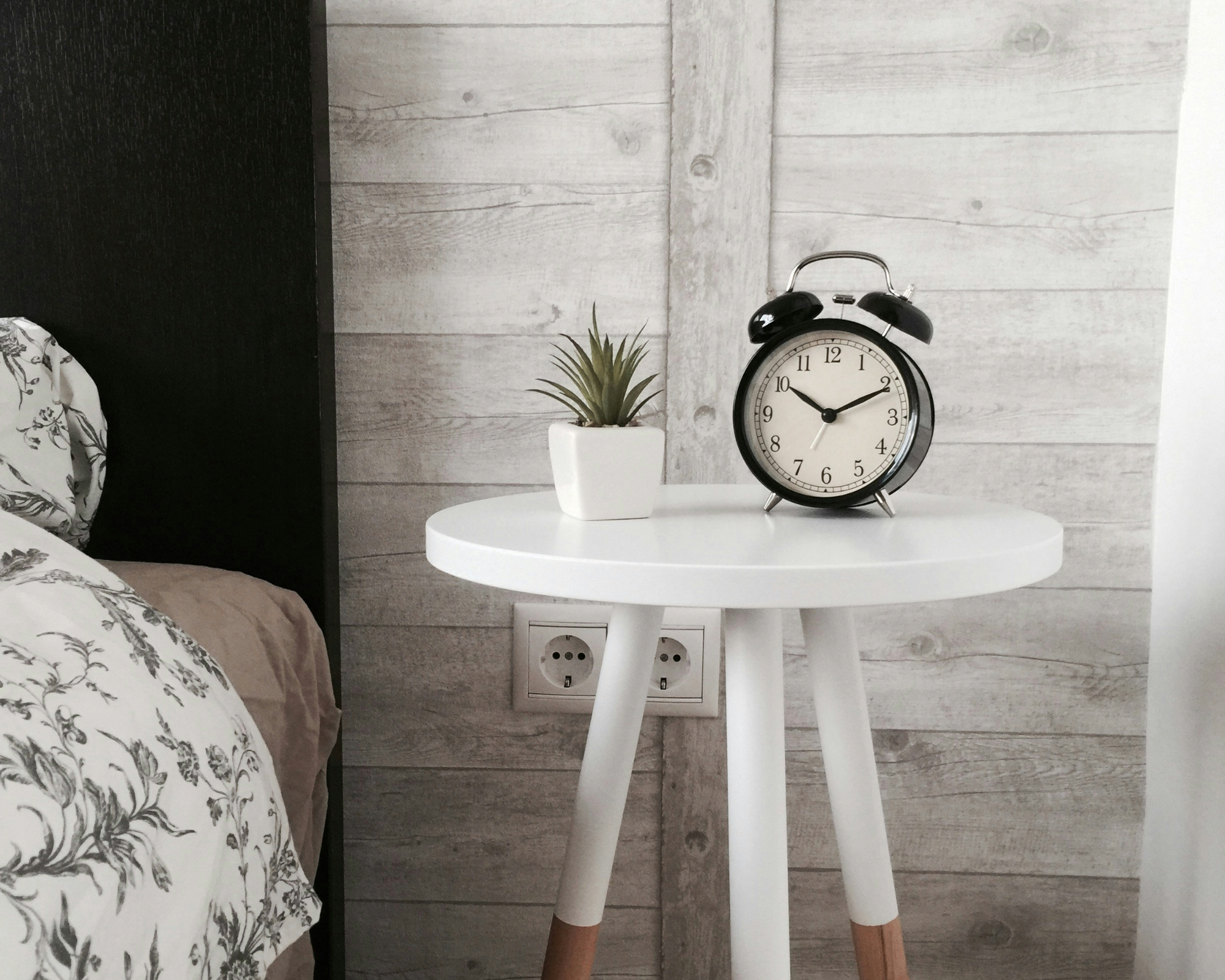
I heard a saying once that stuck with me: 'Every item in your life not only uses up space, but also time to physically maintain it.'
Sarna-Jones agrees, especially in the context of maximalism, adding, 'If the amount of time required to curate and maintain your maximalist collections feels overwhelming, perhaps it's time to reevaluate.'
Stop to ask yourself why you wished to collect what you own in the first place and how it's serving you in your home today. Does the stuff make you truly happy and, if so, in what way? How often do you bother with everything in a given room? If you were to accidentally drop and break an item in that room, how upset would you be about it being gone?
Using prompts such as these are one of various ways to make letting go of stuff easier, but different things work for everyone. Shifting your mindset can help too. Instead of thinking of it stripping your maximalist tastes and home back, consider it to be sharing the joy your items brought you further by donating them to good causes.
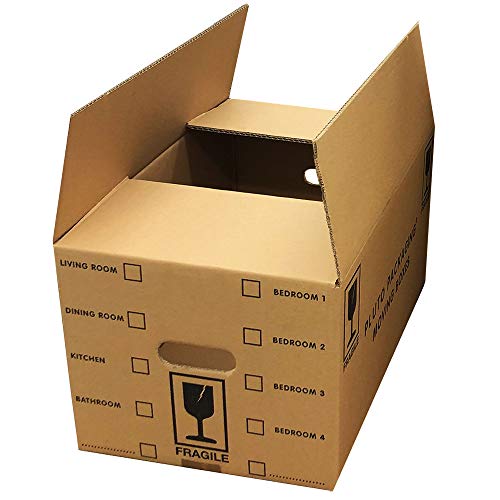
Ideal for helping you to declutter your home. If you're on the fence about parting with some possessions, try the move out method to decluttering, where you leave items in a box for a period of time and see if you miss them in your life. If not, rehome, donate, sell or get rid of them. Head of solved at H&G Punteha van Terheyden does this, giving ringfenced items a month at max.
4. You feel ashamed when guests visit
Even though you enjoy collecting and displaying things proudly in your home, you might know deep down that the amount of things in your space is getting out of hand. This can make a person more closed off to others, as they try to process feelings of shame over the state of their home.
'You can begin to feel uncomfortable opening your home to family and friends because you fear judgement,' says Sarna-Jones.
Linda Samuels, certified professional organizer and founder of Oh, So Organized!, adds, 'In addition, cluttered percussive rooms can make moving around, cleaning surfaces, or finding what you need difficult.'
Of course, you shouldn't let the judgement of others rule how you live your life, but if you're having doubts about your space it's worth considering where they stem from on a personal level.
Alimi says, 'Although, a "maximalism" aesthetic can be fun, colorful, and expressive, especially to an artist and musician like myself, I found that my home-base did not have to be my "playground". To have everything on display all the time meant I had to be "on" all the time, and that was exhausting.'
You don't have to subject every room of your space to pattern drenching to find joy or embrace the fun of maximalism. And, on the other end, you don't have to strip your home of character and exaggerate the rules of minimalism in interior design to the extreme and live with nothing.
Seek to strike a balance between loving what you own and feeling overwhelmed. Take a breath, take some notes, and take plenty of time to reflect on what matters to you most. All the best on your journey ahead.
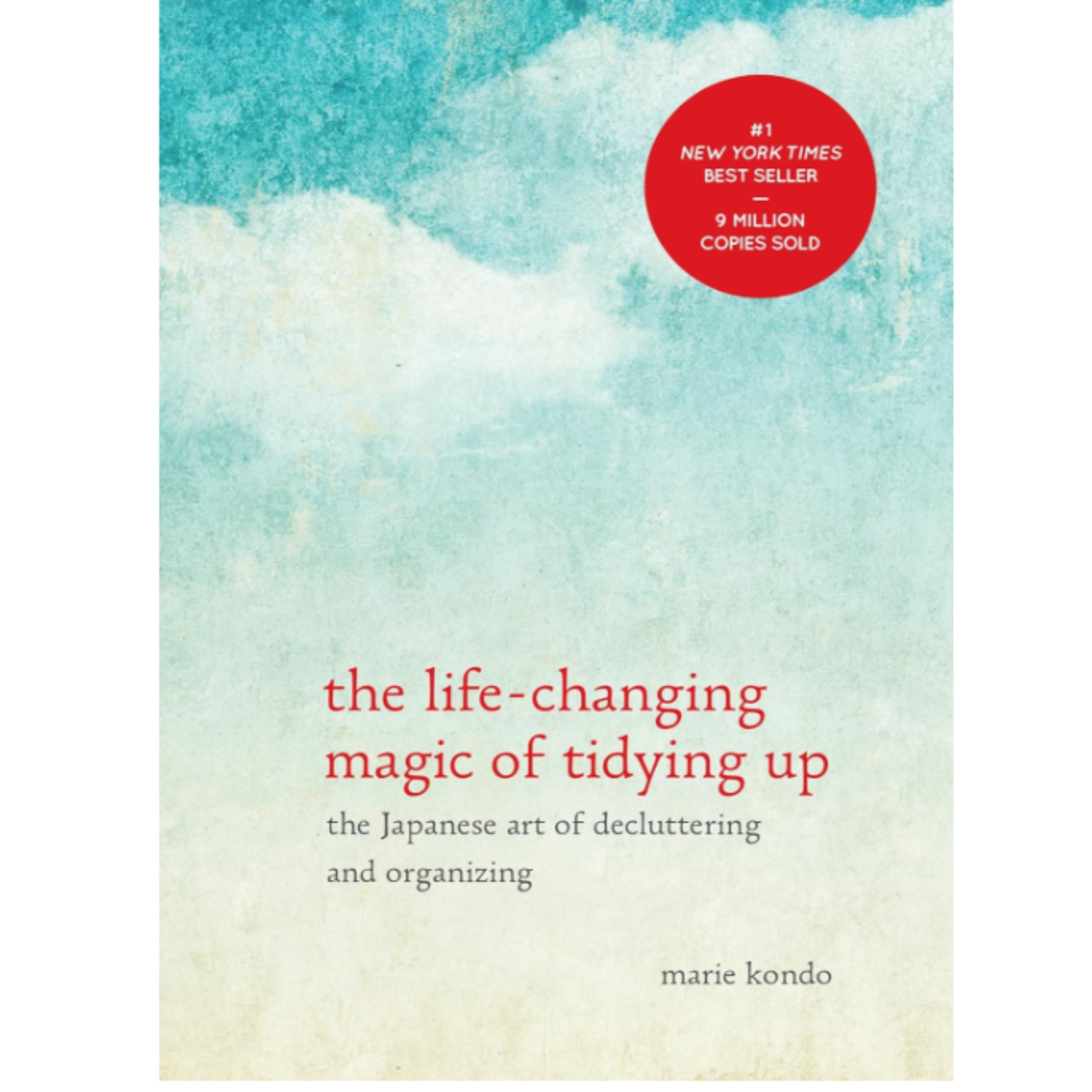
An award-winning by Marie Kondon that walks readers through everything they could ever need to know about downsizing their life for the better according to the Japanese art of decluttering and organizing to keep things that spark joy.
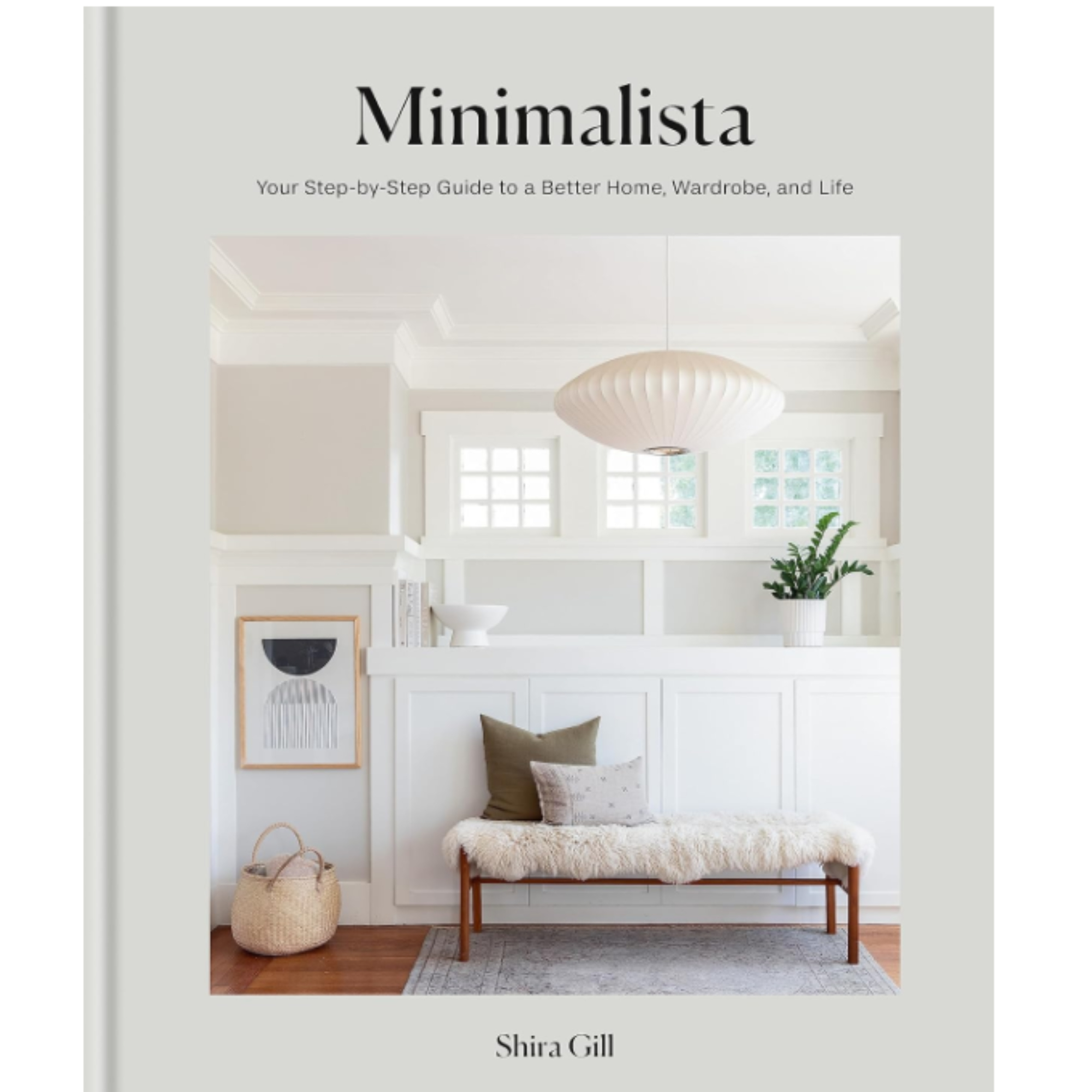
The step-by-step format of this book makes it the perfect pairing for someone seeking to change their perspective on physical possessions for good.
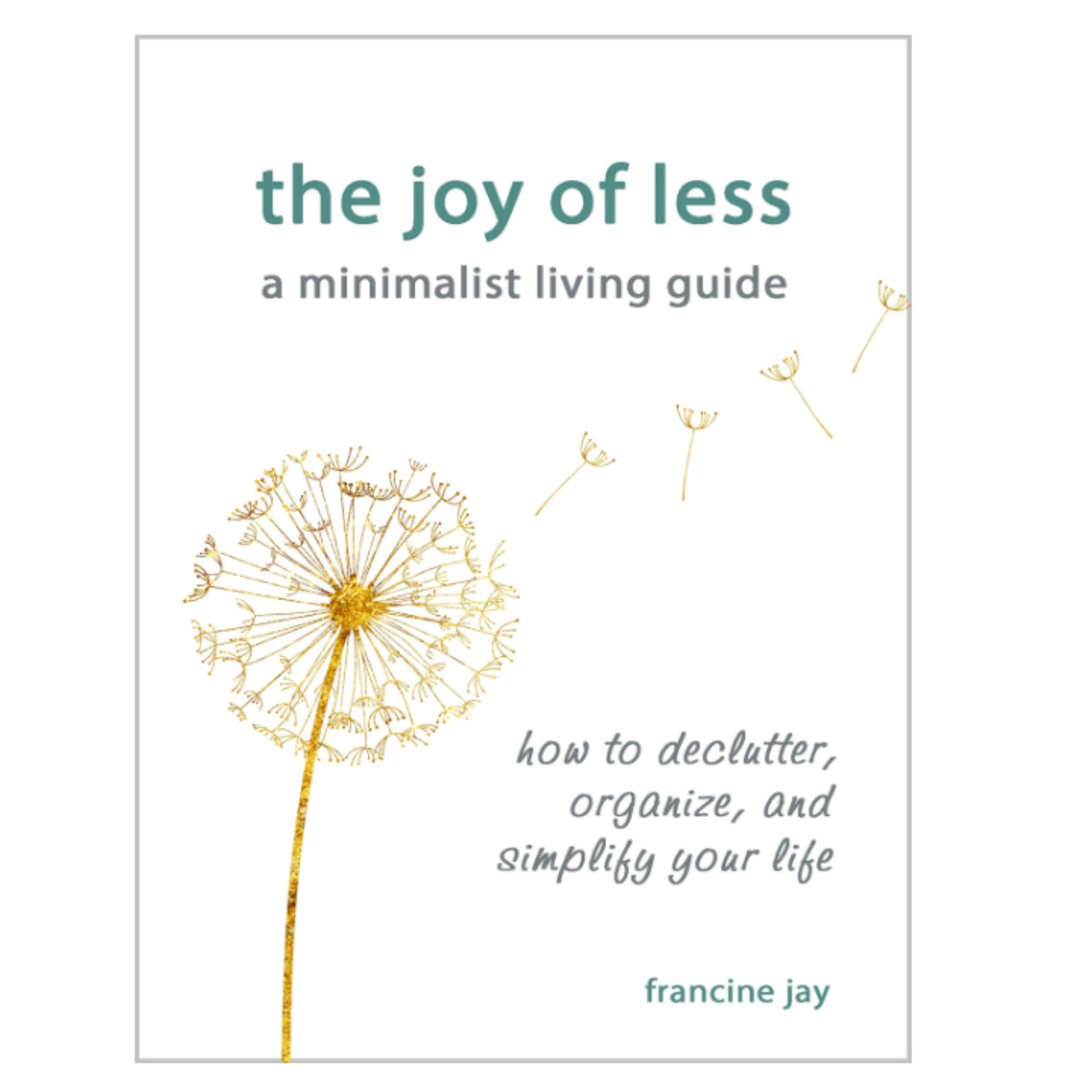
If you're feeling overwhelmed by the number of things you own, this book is a great read for figuring out how to simplify your life. It is written in four parts detailing the rewards of paring down, introducing the author's Streamline method, tips per room, and how to get the people you live with on board.
Next, delve into why some feel minimalism is a better way of life and how to embrace and enjoy neutral maximalism.







